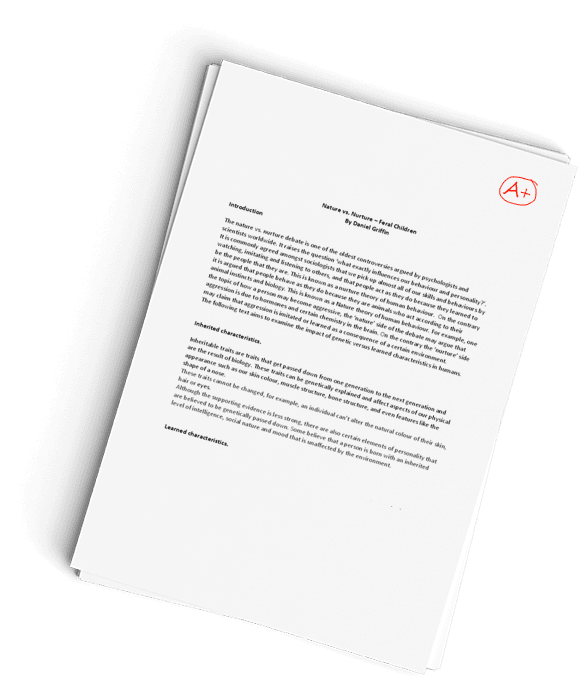Auburn University Gamble Value Economics Questions
Im studying for my Economics class and dont understand how to answer this. Can you help me study?
- Calculate the expected value of each of the following gambles.
a. win $100 with probability 1/6; win $10 with probability 1/3; lose $5 with probability ½.
b. win $1,000,000 with probability .0001; lose $5 with probability .9999.
c. win $700 with probability .5; lose $300 with probability .5
d. win $10 with probability .9; lose $400 with probability .1.
- For each of the following, determine the money levels the person would end up with after the gamble (or randomness) plays out, calculate the expected value of the gamble, and then for the utility of wealth function u(x) = x1/2 write out the utility of each of the money or wealth levels and finally the expected utility.
a. Initial wealth level $4,000, a .5 probability of winning $2,000 and a .5 probability of losing $2,000.
b. Initial wealth level $25,000, a .5 probability of winning $2,000 and a .5 probability of losing $2,000.
c. Initial wealth level $10,000, a .3 probability of winning $3,000, a .5 probability of no gain or loss, and a .2 probability of a $3,000 loss.
d. Initial wealth level $20,000, a .1 probability of losing $10,000 and a .9 probability of no loss.
- Bill has a utility of money or wealth function given by u(x) = x1/2 and faces a coin flip (equal .5 probabilities) to win or lose $2,000. Calculate his expected utility for this gamble if his initial wealth level is $20,000. Then take this expected utility from the gamble and determine the level of wealth that would give Bill this level of utility. [Hint: you will be solving a problem of the form x1/2 = 8.769, so take the square of the numerical value for expected utility.] This value is known as the certainty equivalent. Would Bill be willing to sell this gamble to a third party for $200? Explain your answer.
- Draw a utility of money graph for a risk-averse person starting with wealth of W and facing a .50-.50 risk of gaining or losing H from W. On the graph, show the maximum amount this person would be willing to pay to avoid having to take this risk; to find this, you need to show the amount of money that gives the person the expected utility from this risk. The willingness to pay to avoid the risk is the difference between W and this amount of money.
- Consider a game of the following form: Two players interact and each has two actions after picnicking at a park: Throw their trash away in garbage cans (well call this Throw), and leave their trash out (well call this litter). Consider the payoff matrix given below, with all the payoffs specified except one for each player designated X. Each player will have the same payoff value in this cell of the matrix. Give a number value for X for which this game is the traditional prisoners dilemma, and then give a number value for X for which this game is not the prisoners dilemma. [There are multiple values which correctly answer each part; you only need pick one to answer the question.]
| Throw | Litter | |
| Throw | 5, 5 | -1, X |
| Litter | X, -1 | 1, 1 |
- Using the underlining method, find all the Nash equilibria in pure strategies of the following normal form game.
| Left | Center | Right | |
| Up | 2, -5 | 3, 2 | 4, 7 |
| Middle | 7, 0 | 5, 9 | 10, 9 |
| Down | 2, -2 | -2, -5 | 3, 0 |
Using the underlining method, find all the Nash equilibria in pure strategies of the following normal form game.
| W | X | Y | Z | |
| A | 0, 2 | 7, 5 | 2, 4 | 4, 0 |
| B | 4, 3 | 5, 4 | -1, 6 | 5, -2 |
| C | 2, 5 | 2, 3 | 6, 8 | 1, 2 |
| D | 1, 7 | 4, 4 | 4, 1 | 2, 5 |
Have a similar assignment? "Place an order for your assignment and have exceptional work written by our team of experts, guaranteeing you A results."








